
BioArt
-
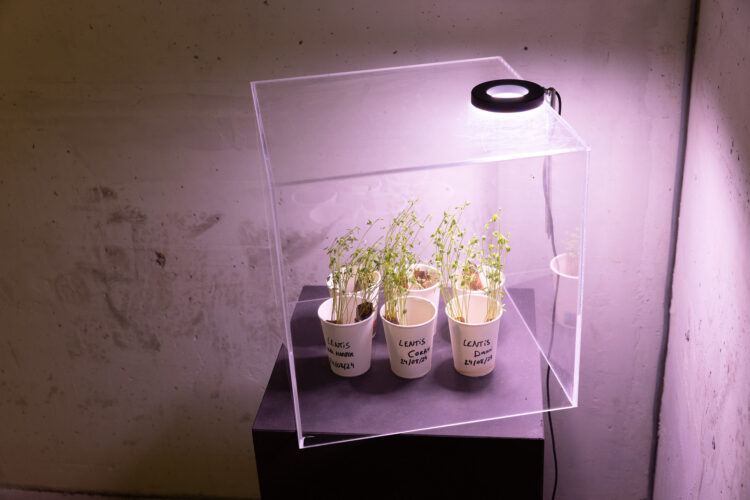
Ethical Approaches in Bio Art
Researcher and curator Eunji Kwon provides insights into her research work as part of the ARKO and Ars Electronica curatorial residency programme.
-
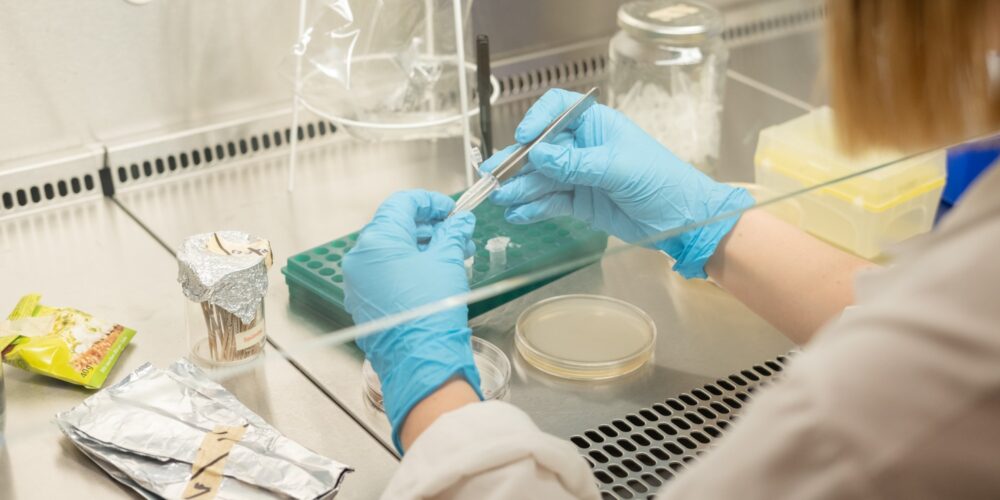
Reimagining Human Habitats
In an interview with artist Dorotea Dolinšek, we discover the secrets of the microbiome and how our symbiotic relationship with microorganisms affects our well-being.
-
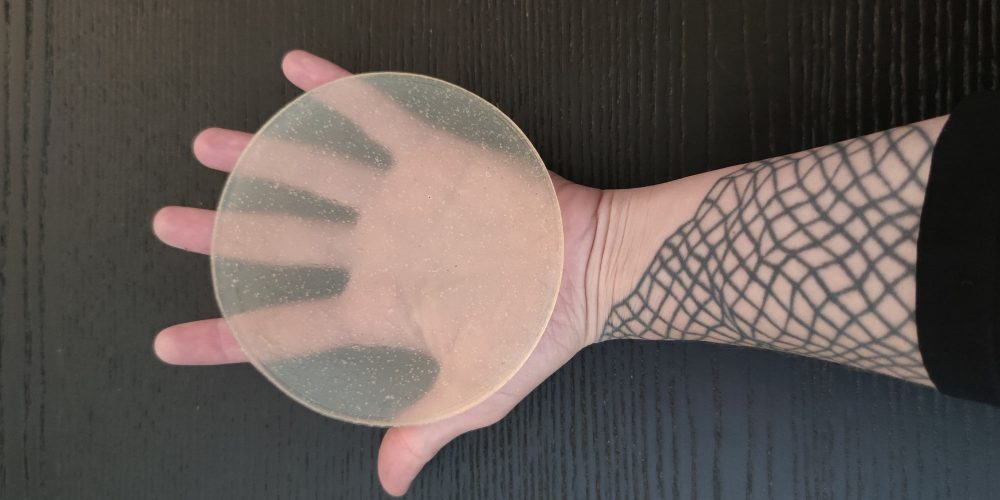
Circular Records for Circular Futures
Can records be made from biomaterials? Artists Kat Austen and Fara Peluso think so and will work on developing a low-carbon alternative to vinyl during their S+T+ARTS Residency.
-
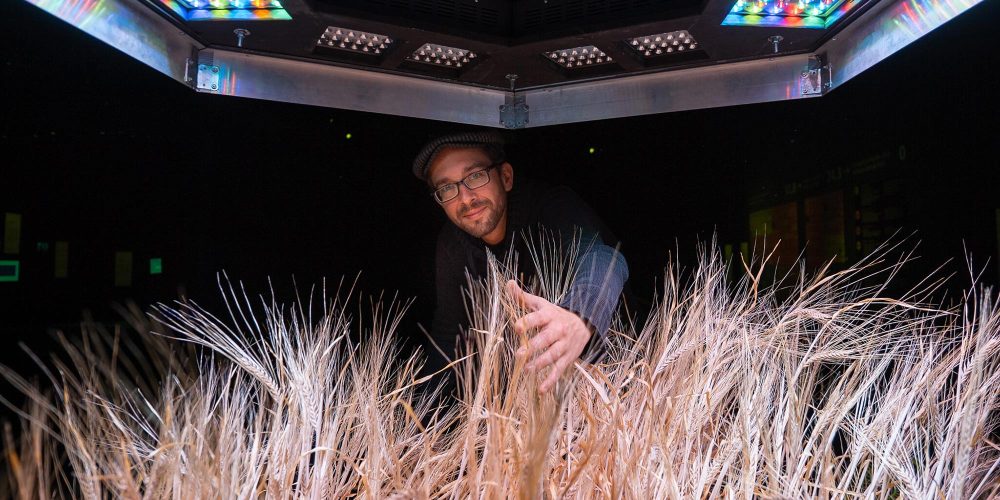
Is it really worth the effort?
Outside is winter, inside we harvest our own grain. Three months we have struggled, spent more than 400 euros, but harvested less than 800 grams of barley.
-
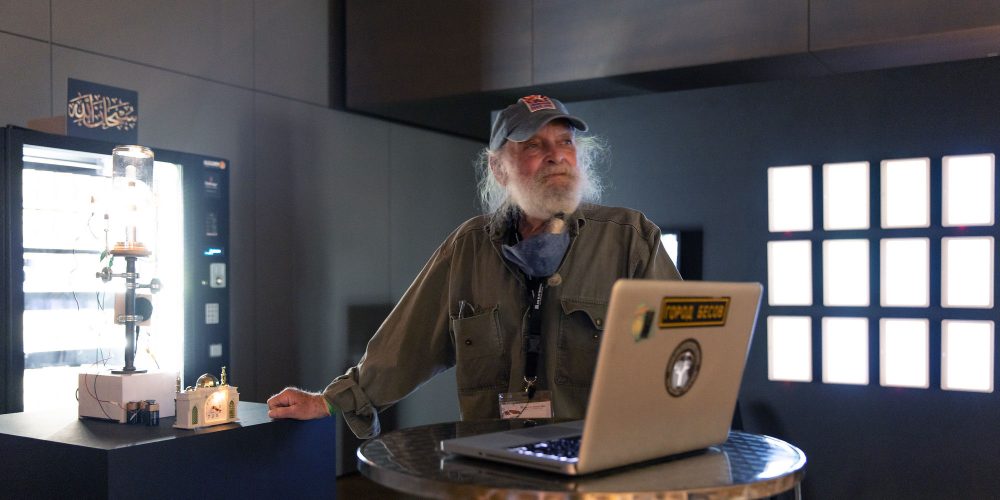
Joe Davis: In Search of Paradoxes
Just recently, Joe Davis and Sarah Khan stored 2,417 quintillion angels on the head of a pin. Reason enough to talk to the BioArt pioneer about the connection between art and science.
-
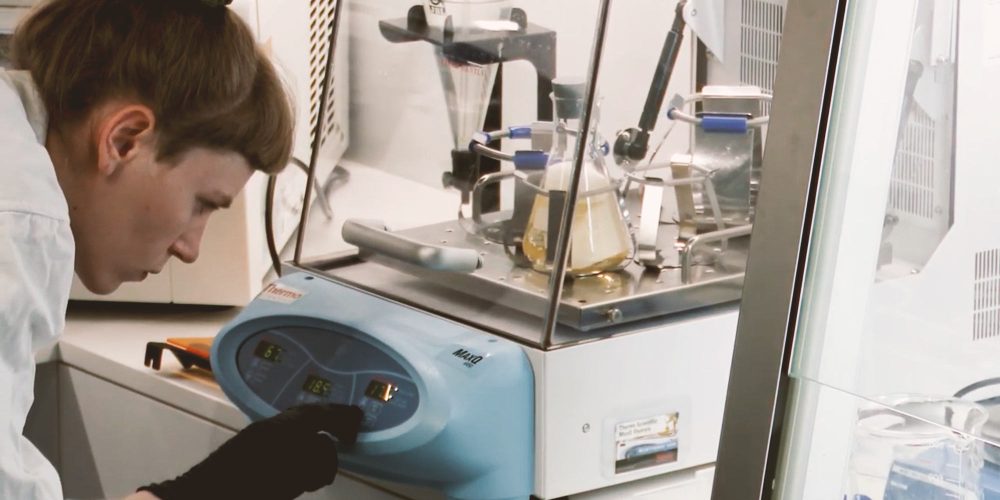
Textiles dyeing with Bacteria
No harmful chemicals, significantly lower water consumption. Julia Moser explains how pigment bacteria are used to color clothing. (German language)
-
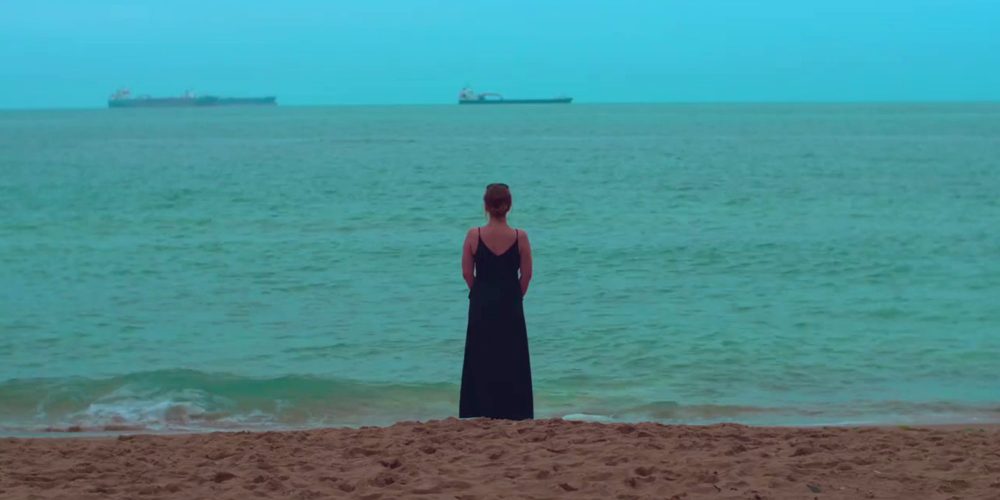
Tears for the Sea
She spent most of her childhood on merchant marine vessels and has developed an ever closer relationship with nature through her proximity to the sea. During her EMAP/EMARE residency, as a media artist, Kasia Molga tells how she came to her project “How to make an Ocean?”, how personal grief and COVID-19 gave her work…
-
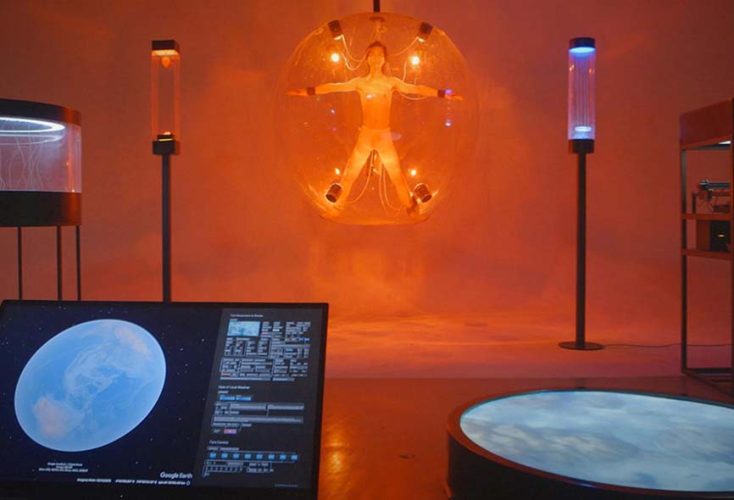
All connected, all affected
Shaun Hu’s works explore the relationship between humans and nature in the digital age. “Internet of Everything: All Connections” – currently part of the “human (un)limited” exhibition in Beijing – shows how everything around us is not only connected but also affected.
-
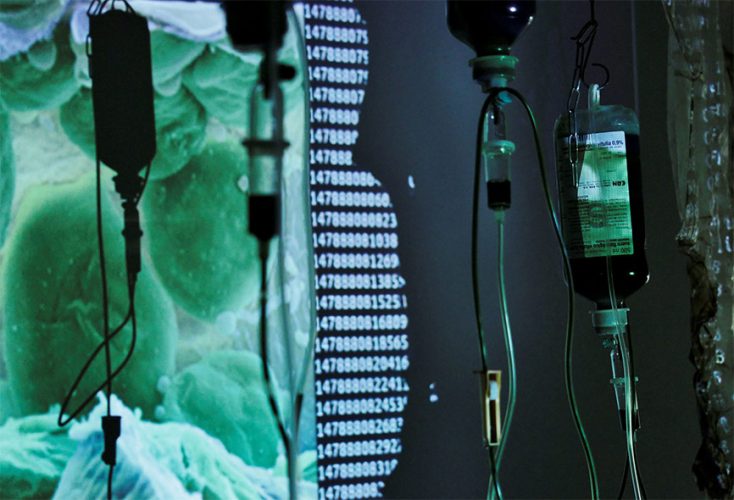
Trans*Plant: May the Chlorophyll be with/in you
In the course of history, especially in Western culture, human has moved further and further away from nature. In language, too, there is a demarcation to the environment, although human as a living being is actually part of it. With their project “Trans*Plant”, the artist group Quimera Rosa wants to draw attention to this strange…
-

Diving into Deep Space with Noise Aquarium
Current scientific studies have shown with shocking examples that noise sources such as sonar and fracking are extremely harmful to large marine life. Noise also affects microscopic organisms such as plankton, as Victoria Vesna and her collaborators show in their interactive installation in Deep Space 8K at the Ars Electronica Festival 2018, where Victoria Vesna…
-
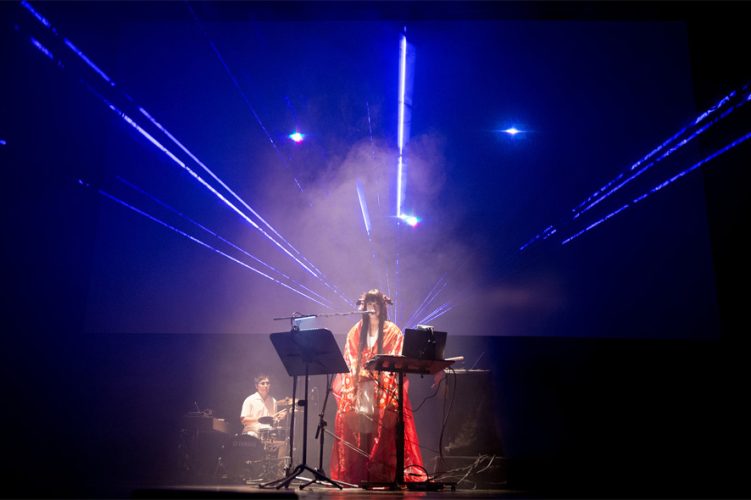
I’m Humanity: Music for Eternity
Her idea for a way to make music live on beyond humankind’s eventual extinction and to use DNA as the medium to transport this information for eternity garnered Japanese musician Etsuko Yakushimaru the 2017 STARTS Prize. In this interview, she explains her concept of “post-humanity music” and gives her take on mutations that randomly occur…
-
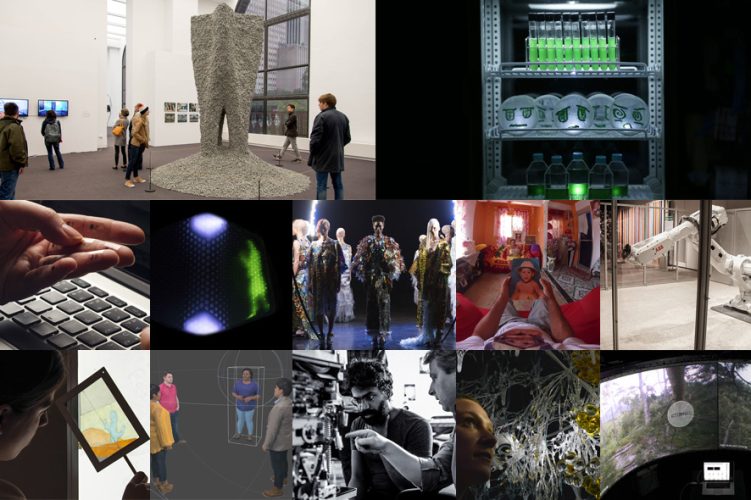
2017 STARTS Prize: Innovative Projects That Cross the Boundaries of Disciplines
Dealing with complex issues calls for marshalling insights and skills from numerous fields, cultures and perspectives. Excellence in accomplishing this is precisely what the European Commission aims to honor with the STARTS Prize. Here, we present 2017’s best projects and what the jury’s statement has to say about them. Many will be featured in a…
-
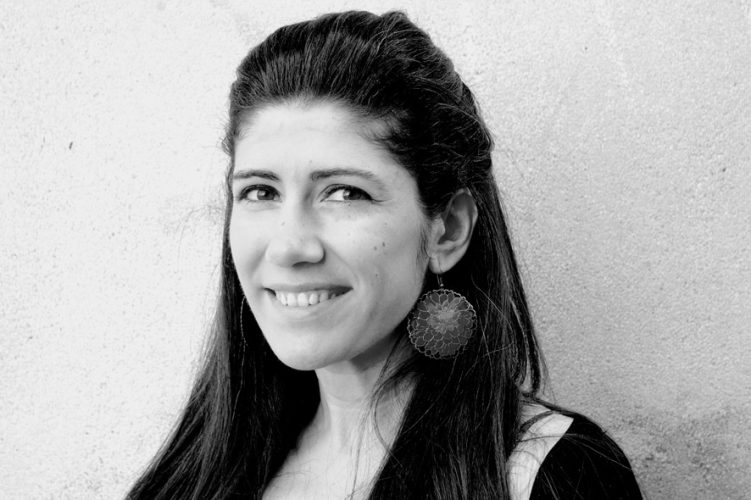
Ghalia Elsrakbi: “Art Is a Collaborative Playground”
Mainstays of media art in general and the Prix Ars Electronica’s Hybrid Art category in particular are hybrid and transdisciplinary projects and approaches. In this interview, juror Ghalia Elsrakbi talks about her take on hybrid art and what she sees as the role art can play in 2017.
-
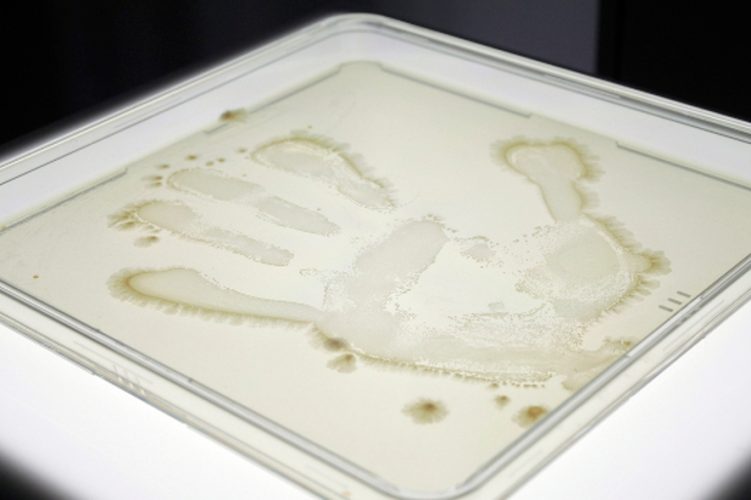
In Vitro Typewriter – Our Information Traces
Already the sixth edition of the exhibition series “TIME OUT” openes on June 6, 2016, at the Ars Electronica Center! This show staged in cooperation with Linz Art University showcases outstanding media art projects by undergrads in the school’s Time-based and Interactive Media program. One of the projects of TIME OUT .06 is the “In…